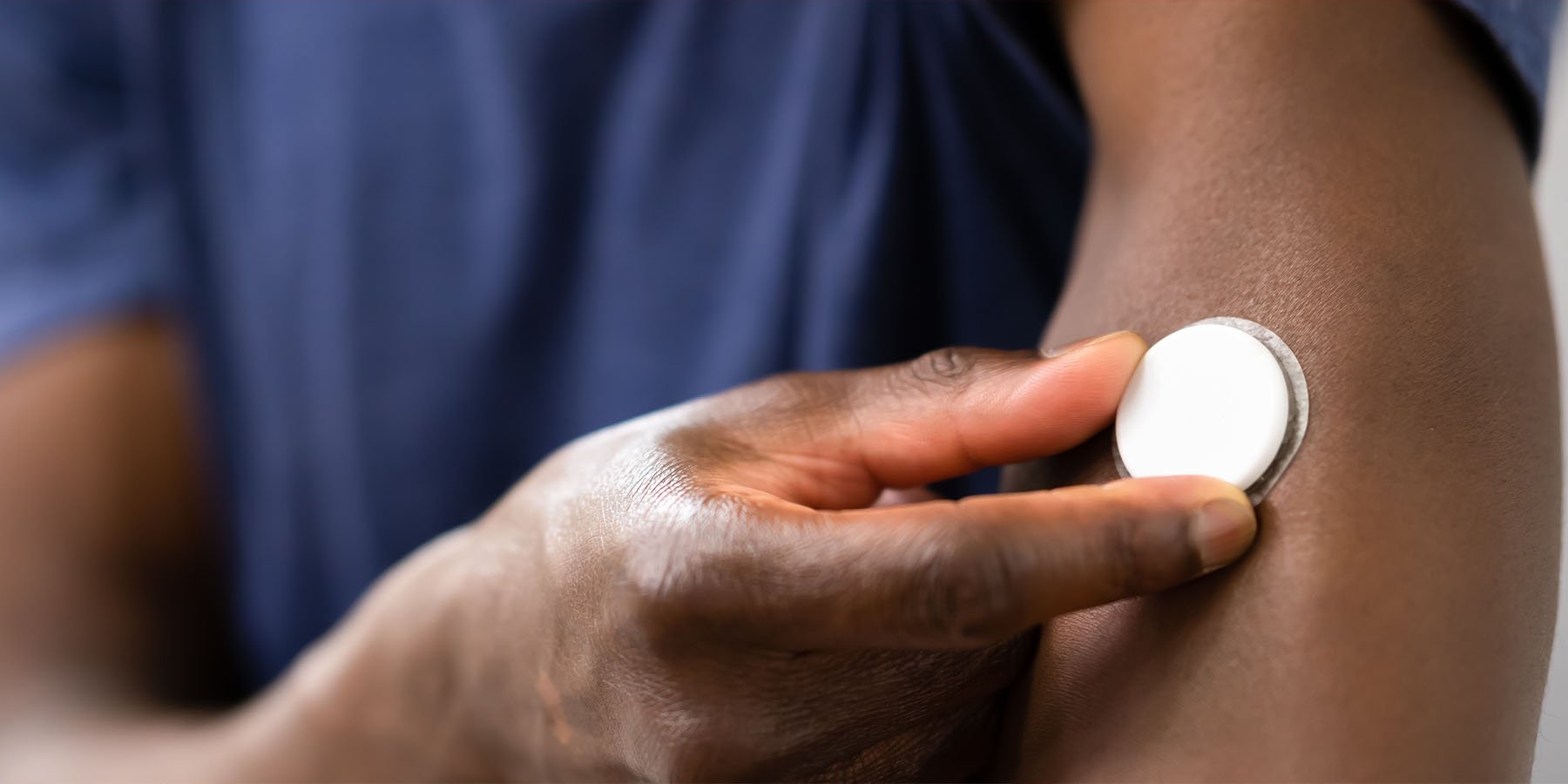Diabetes Management
Diabetes is a complex and progressive medical condition associated with abnormally elevated blood sugar levels. If left untreated or uncontrolled, diabetes may cause numerous complications and damage to the human body’s organs. Not surprisingly, diabetic medications usually rank among the top spend categories for most plan sponsors.
Type 1 diabetes (T1D) is an autoimmune condition where the body does not produce enough insulin. Type 2 diabetes (T2D) results from insulin resistance, where the body stops properly using and responding to insulin. It is crucial to manage T1D and T2D by regularly self-monitoring blood sugar levels.1
Historically, diabetics have performed self-monitoring of their blood sugar values using various diabetic testing supplies. This commonly involves obtaining a blood sample from their fingertip and using a traditional blood glucose monitor and test strip to obtain the blood sugar reading. This type of self-monitoring can be uncomfortable and inconvenient, especially for patients needing to test several times a day.
Continuous Glucose Monitors
More recently, the market is seeing an increased demand for next-generation diabetic self-monitoring devices called continuous glucose monitors (CGMs). CGMs are made of several parts and can generally check sugar values every few minutes without the need for a finger prick. These medical devices can also alert patients to high or low sugar values and help patients and prescribers visualize trends.2
CGMs typically consist of three parts:2
- Sensors: these are worn on the body and implant into the skin with a small needle. Sensors are changed every seven to 14 days depending on the CGM device being used.
- Receiver: a handheld device that displays current and prior sugar readings. Some CGM systems use a mobile device instead of a receiver.
- Transmitters: attaches to the sensor and wirelessly sends sugar readings to the receiver. The transmitter is generally replaced every three months. Some CGM systems omit this part and require the user place the receiver near the sensor to obtain the sugar value.
CGMs certainly can provide benefit to patients and providers but this technology is about three times more expensive as a traditional blood glucose monitor and testing supplies used four times per day. There is the most evidence to demonstrate the benefit of using a CGM in a T1D not at goal, struggling with low glucose readings or who are pregnant, and in TD2 diabetics on intensive insulin regimens not at goal.3
How National CooperativeRx Can Help
For this reason, National CooperativeRx recommends CGMs be subject to prior authorization to ensure the supplies are reserved for patients most likely to benefit. CGMs were recently targeted for utilization management as part of our new Advanced Criteria Updates Clinical Innovation program. If you are not participating in this Clinical Innovation, please talk to your National CooperativeRx account representative today and learn more about our suite of Clinical Innovation program offerings.
- Funtanilla VD, Caliendo R, and Hilas O. Continuous glucose monitoring: a review of available systems. P T. 2019; 44(9): 550-553.
- Clinical Resource: Continuous Glucose Monitoring FAQs. https://pharmacist.therapeuticresearch.com/Content/Segments/PRL/2018/Feb/Continuous-Glucose-Monitoring-FAQs-11921. Pharmacist Letter. Updated September 2020. Accessed June 2021.
- American Diabetes Association. Diabetes technology: standard of medical care in diabetes-2020. Diabetes Care. 2020;43 (1): 577-588.




